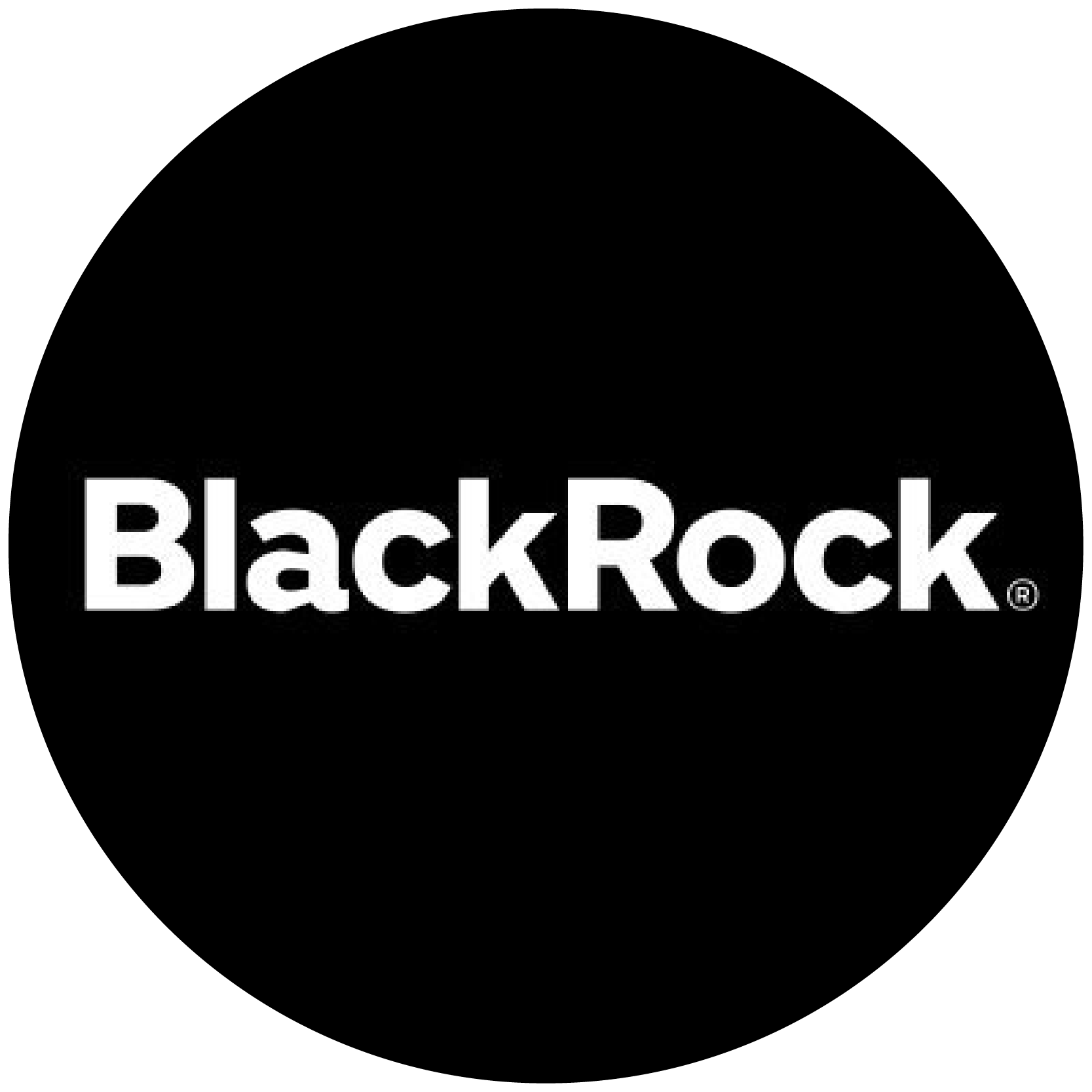It's the smarter way to diversify
For decades, exchange funds have been the best-kept secret of the ultra-wealthy. Cache makes them accessible, modern, and built for the portfolios of today.
Trusted by leaders in tech and finance
Job title and company listed is provided for illustrative purposes only to show examples of the types of investors who have invested in the fund.
See why a growing number of investors choose Cache
Cache does not pay for testimonials or endorsements
Founded
Jan 2022
Launched
Mar 2024
Assets managed
$500M+
Avg. investment per client
$850K+
Avg. gains deferred per client
$700K+
Investment range across clients
$100K - $14M+
Exchange funds, reinvented
“A breakthrough in capital gains planning”
Dr. Wesley Gray, Founder & CEO, Alpha Architect


ETF rebalance currently available on Select Fund Series only.
Get matched
Check if your stocks are a match and enroll for the July 16th close. We pool stocks from numerous investors to create the exchange fund.
Exchange
On your assigned close date, your stocks are swapped for exchange fund shares. No taxes are triggered, and your full principal remains invested.
Rebalance
Post-close, we strategically rebalance through an ETF to steer the fund towards benchmark performance. No taxes are triggered.
Redeem
After seven years, you’ll receive ETF shares and stocks upon redemption. Your cost basis stays unchanged, and no taxes are triggered until you sell.
Ready to diversify?
Superior strategy, priced right
“Biggest evolution in exchange funds since its inception”
Steve Stroud, Wealth Manager, Three Bell Capital
Tighter tracking
Exchange funds with an ETF core
Our innovative ETF rebalancing structure lets us offer higher capacity and tighter benchmark tracking, tax-efficiently.
Faster diversification
Biweekly onboarding
Our funds onboard every two weeks.
Legacy funds hold closings quarterly or semi-annually.
Lower minimums
$100K in stocks
Get started with as little as $100K, and diversify over time. Legacy funds can require minimums of $500K - $1M.
Lower fees
0.40 % – 0.95 % annual fee
No sales fees. Fees drop to 0.25% after 7 years. Advisor discounts available. Legacy funds are at least 70% higher.
Limited availability. Act before it’s full.
Funds to match your goals
Bedrock
S&P 500
Access the foundational broad market exposure. Bedrock diversifies you into a portfolio benchmarked to the largest companies across sectors.
UNIX
Nasdaq-100
Tap into the engine of innovation. UNIX trades your stocks for exposure to the giants in tech and biotech. Growth-tilted by design with concentrated sector bets.
Mosaic
S&P 500 Growth
Accelerate growth, keep the quality. Mosaic converts your position into exposure to the fastest growing companies across all sectors of the economy.
A bespoke brokerage, built for you.
“I started Cache in 2022 after struggling with my concentrated stock positions in Uber and Waymo. While the world of private wealth had sophisticated products to tackle this problem, most of my friends were unaware of the massive risk they held in their portfolios, or how to diversify tax-efficiently.
Our vision at Cache is to bring exchange funds and other advanced financial instruments to everyone with large stock positions.
Today, our interdisciplinary team of engineers, portfolio managers, operations and regulatory specialists—from Uber, Goldman Sachs, Meta, Wealthfront, Amazon, and many others—work to make that vision a reality for you.”

Managing Director at DGV, Vice President and Portfolio Manager at Goldman Sachs. Columbia, Yale.

Chief Growth Officer and Wealth Advisor at Adero Partners. University of San Francisco.

Brokerage Operations Principal at Wealthfront. Financial Operations at Opes, Ameriprise. USF. Series 24 Principal.
Common questions
The Basics
(X)
How do Cache Exchange Funds with Index Sync work?
How has Cache vetted the innovation on Index Sync with current regulatory frameworks?
Who is Alpha Architect, and why did Cache choose to partner with them?
Who is expected to manage the ETFs held by Cache Exchange Funds through Index Sync?
Fund Management
(X)
How often would the Cache exchange funds rebalance?
Does holding an ETF change how the exchange funds are managed?
What are the tracking error expectations for the exchange funds and the underlying ETF?
From an investor's perspective, what are the advantages of rebalancing with an ETF?
Participation
(X)
On what date are my shares valued for contribution to the exchange fund?
Are my contributions aggregated for determining my management fee?
When I receive the ETF after seven years, will I be able to sell the ETF shares easily?
Can I borrow against my Cache Exchange Fund holdings?
If my stocks are rebalanced into the ETF, can I still redeem within seven years?
What are the lockup provisions for the Cache Exchange Funds with Index Sync?
What are the qualification requirements for Cache’s Select Fund Series?













